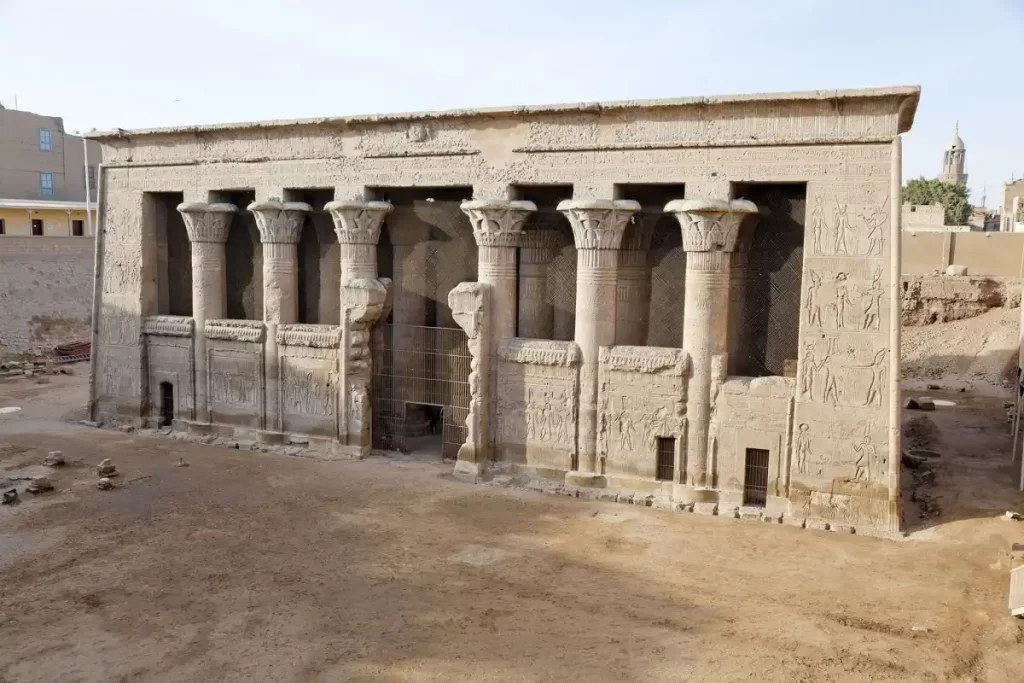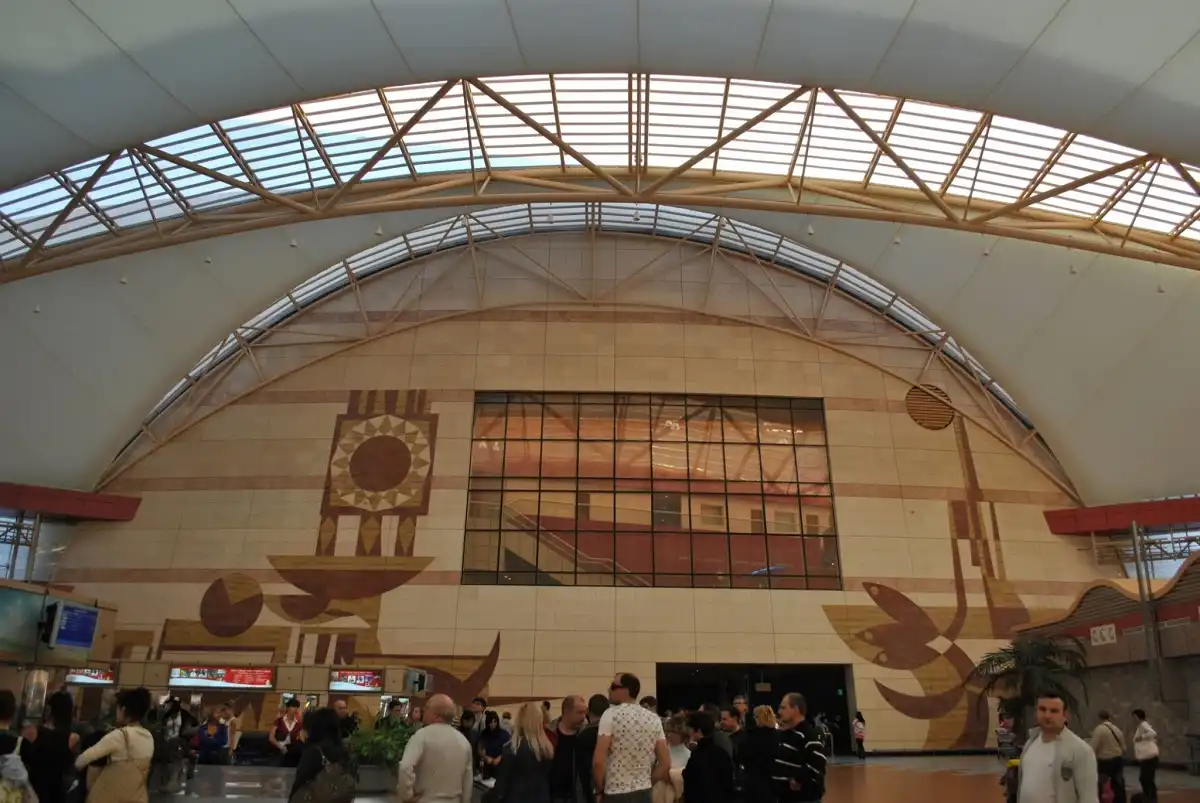
Esna Temple
[ez-toc]
Esna Temple, which symbolizes one of the core tenets of ancient Egyptian life, had a special place among the holiest temples of ancient Egypt. The temple is a stunning example of impressive and alluring architecture. The temple honors Neith, an ancient goddess of war and weaving, as well as the ram-headed deity Khnum, the god of the Nile’s source, his wife Menhit, and his son Heka.
Where is Esna Temple?
In the ancient city of Latopolis, often known as the “City of the Fish” because it formerly hosted 52 types of fish, is the temple of Esna, which is situated 485 miles (776 km) south of Cairo on the west bank of the Nile, 55 km south of Luxor.
History Esna Temple
King Tuthmosis III (1479–1425 BC) set the foundation for the Esna temple, which the Ptolemaic and Roman emperors completed between 40 AD and 250 AD. The temple was revered by the ancient Egyptians, who objected to the strict regulations regarding ritual purity. According to the carvings on the walls, those who enter the temple must cut their fingernails and toenails, remove other body hair, wash their hands, dress in linen, and refrain from having sexual relations for a period of time.
Esna’s Architecture and Design
The red sandstone Esna temple has a hall of columns with 24 pillars that are ornamented with lotus and palm capitals. The names of the Ptolemaic and Roman emperors, as well as representations of them clad in Pharaonic regalia making offerings to the god Khnum, are carved in four rows of reliefs on the temple walls. The priests and guardians of the temple utilized the chambers on either side of the building as storerooms. Six priests wearing godly hawk and jackal masks are seen on the edge of each room’s entry bringing a litter behind the emperor Trajan.
One of Esna Temple’s most amazing features is its roof, which is embellished with astronomical images. The sky goddess Nut, Alpha Draconis, also known as Thuban (the dragon star), the Dog Star, and Orion’s belt are all depicted on the temple’s left side, near the entrance. Images of the gods Horus and Khnum pulling a net filled with fish from the Nile, as well as some bird reliefs, can be seen on the western side of the temple’s façade. Below this artwork are the last known hieroglyphic inscriptions ever discovered.



